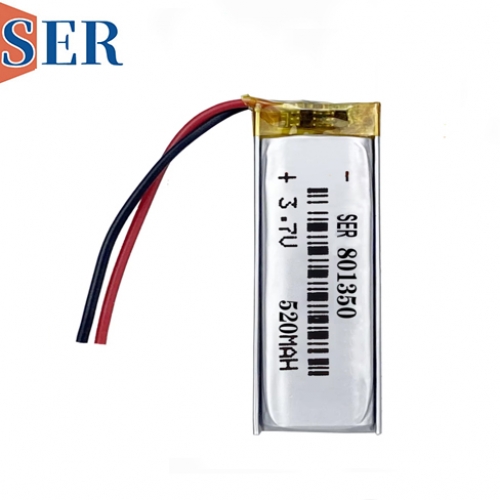High temperature battery
High temperature battery
High temperature lithium battery is a kind of lithium battery which can work at high temperature. Its operating temperature range is generally: 55-200 degrees Celsius. The working principle of high temperature lithium battery is mainly through the electrochemical reaction of electrolyte to generate electricity. In high-temperature lithium batteries, the electrolyte is usually lithium chloride (LiCl) or lithium carbonate (Li2CO3) . This is how high-temperature lithium batteries work.

High-temperature battery has the following characteristics:
High Safety: high-temperature battery uses solid electrolyte instead of liquid electrolyte to reduce the probability of thermal runaway. Low self-discharge rate: due to the use of solid polymer electrolyte rather than the traditional liquid electrolyte, thus reducing the self-discharge rate during the cycle.
Long cycle life: no decomposition occurs during charging and discharging.
Good low-temperature startup: can be in -20 ° C environment to achieve fast charging.
High power density: specific energy up to 150 Wh/kg, is now known to high specific energy products.
The performance of high-temperature battery is different from that of conventional battery when used in high-temperature environment. The principle and design of high-temperature battery need to consider the thermodynamic characteristics of the battery contents, the mechanical properties of the battery shell, the safe design (anti-short circuit, anti-reverse electrode, anti-charge, anti-shock, anti-vibration, etc.) and the electrical performance design (active material ratio of positive and negative electrode, the choice of electrode thickness, the choice of additives, etc.) .
There are different categories of high-temperature batteries, including those used below 100 ° C, 125 ° C, 150 ° C, 175 ° C and above 180 ° C, and their design and use need to be adapted to the specific environment and needs. High temperature lithium battery can be divided into different types according to different classification standards.
Depending on the shape, high-temperature batteries can be divided into square high-temperature lithium-ion batteries, such as commonly used cell phone batteries, and cylindrical high-temperature lithium-ion batteries, such as 18650.
According to the outsourcing information, high-temperature lithium battery can be divided into aluminum shell high-temperature lithium battery, steel shell high-temperature lithium battery, High temperature Lipo battery and flexible ultra thin battery.
According to the positive and negative electrode materials (additives) , high-temperature lithium batteries can be divided into lithium lithium (LiCoO2) batteries or lithium manganese (LIMN2O4) batteries, and iron phosphate high-temperature lithium (LiFePO4) batteries.
In addition, according to different functional uses, high-temperature lithium batteries can be divided into disposable high-temperature lithium batteries, such as lithium-manganese batteries and button-type 3-volt batteries; and rechargeable high-temperature lithium batteries. In addition, high-temperature lithium-ion power batteries can be divided into three main types, namely lithium-ion batteries, Lithium–air battery and Lithium–sulfur battery. Lithium-ion batteries are the most widely used high-temperature lithium-ion battery.
High-temperature LiSOCL2 battery is a kind of lithium battery which can be used in high-temperature environment, its operating temperature range is 50 ° C-200 ° C. This kind of battery has the advantages of high energy density, long life and high safety. It is widely used in aerospace, electric vehicle, electric power, communication, petrochemical industry and so on.
High-temperature Li-SOCL2 batteries work by using lithium thionyl dichloride as the cathode material and graphite as the negative material, which undergoes an electrochemical reaction at high temperatures. The battery has a voltage of 3.6 V and a capacity range of 1000 Mah-5000 Mah.
High-temperature LiSOCL2 battery has the following advantages: high operating temperature: can work in high-temperature environment, suitable for a variety of high-temperature applications.
Long Life: with a long cycle life and storage life, can meet the needs of long-term use.
Good safety: using solid electrolyte, no leakage, explosion and other safety problems.
Low self-discharge: with low self-discharge rate, can be stored for a long time. It should be noted that high-temperature lithium-ion batteries in the use of the need to pay attention to safety issues, such as to avoid over-discharge, short circuit, etc.
Believe that there will be more and more products and areas using high-temperature batteries.





